Homeowners’ Associations (HOAs) are notorious for maintaining strict rules that govern everything from house paint colors to lawn ornaments. As the popularity of outdoor living spaces grows, so does the number of complaints and regulations regarding backyard additions. In 2025, several outdoor features that were once seen as charming or functional are now facing increased scrutiny from HOA boards across the country. Whether you’re considering a new addition or simply trying to keep your outdoor space in line with community standards, it’s important to be aware of these restrictions. Here are 12 outdoor additions that HOAs are cracking down on in 2025.
1. Expansive Decks and Patios
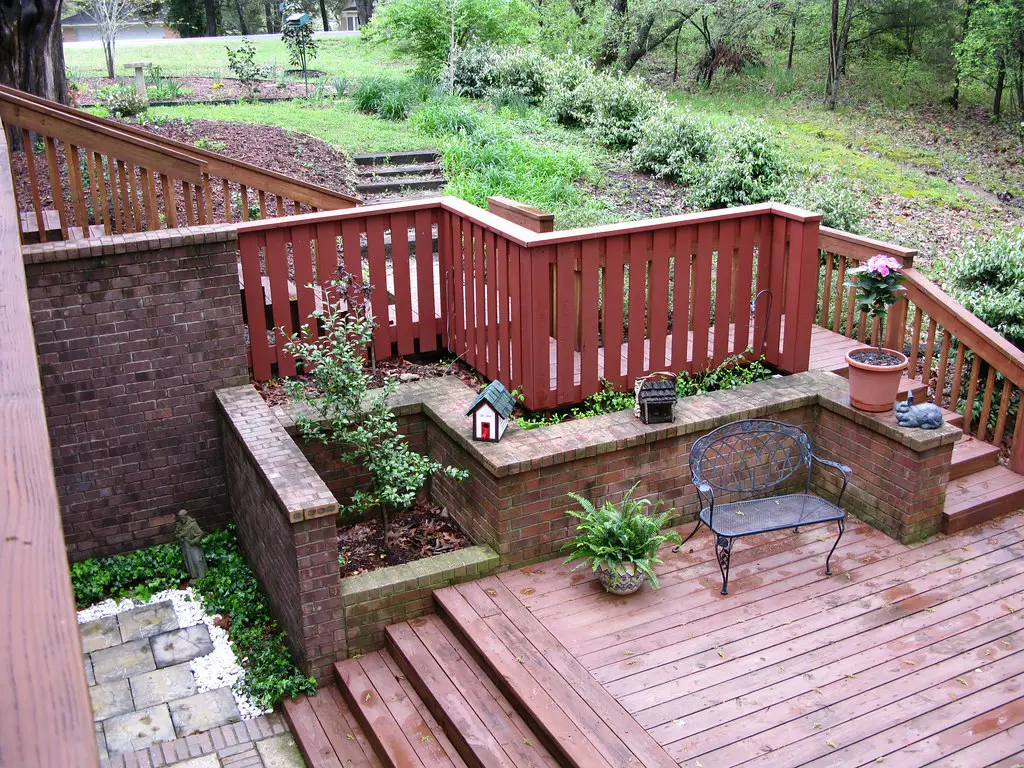
As outdoor living spaces become more popular, large decks and patios are high on the list of additions that HOAs are scrutinizing. According to Sierra Structures, these larger structures can often infringe on neighboring properties, causing concerns about privacy and aesthetics. HOAs are becoming stricter with these additions, requiring detailed plans and sometimes limiting the size to ensure they don’t disrupt the community’s overall look and feel. Even if the space is well-maintained and used responsibly, it may not meet HOA guidelines without approval.
Before building a deck or patio, check with your HOA to understand the requirements. It’s important to consider both the height and the size of the structure to avoid violating any restrictions. If you’re looking to expand your outdoor space, work with your HOA early on to get the proper permits or approval, which can help prevent unnecessary fines or removal of the addition.
2. Above-Ground Pools
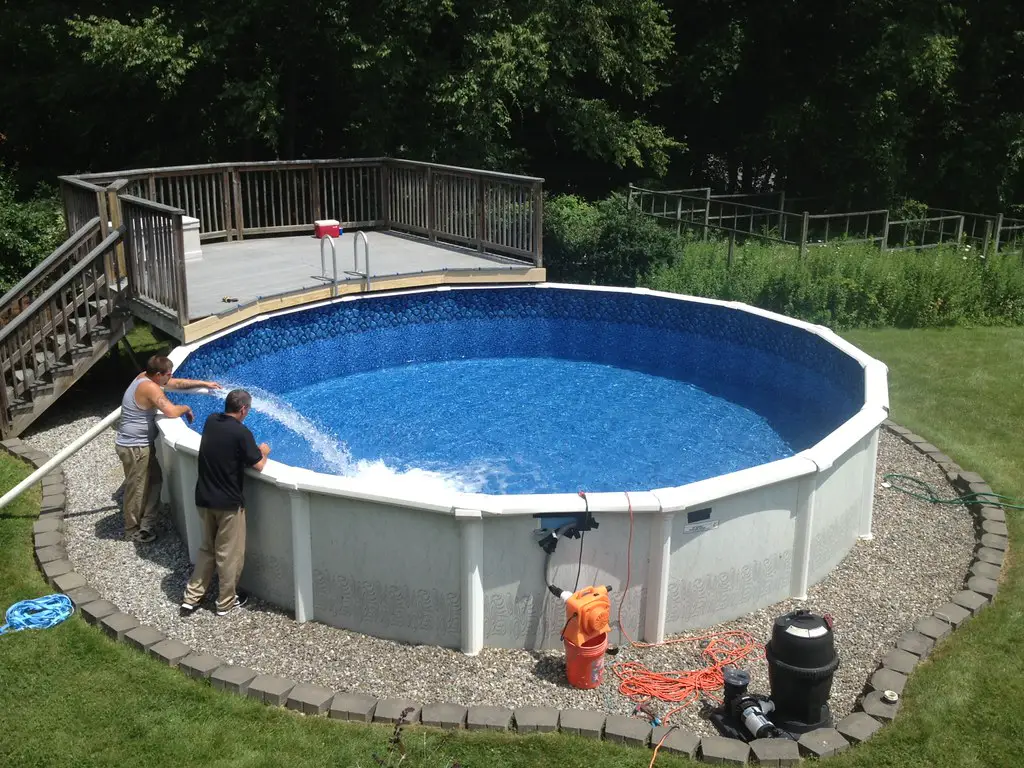
Above-ground pools, while often more affordable than in-ground options, have become a target for many HOAs due to aesthetic concerns and safety issues. As noted by Little Pool Co, these pools can disrupt the visual appeal of a neighborhood, especially when they’re not kept in pristine condition. HOAs may impose regulations about the height, location, and visibility of above-ground pools to maintain consistency within the community. If you’re considering this addition, be prepared for rigorous inspections and requirements before approval.
In many cases, you may need to ensure that your pool is fully enclosed or screened off to prevent it from being an eyesore or a safety hazard. If you’re not ready to comply with these regulations, consider other outdoor recreation options that are more likely to pass HOA approval.
3. Custom Fencing
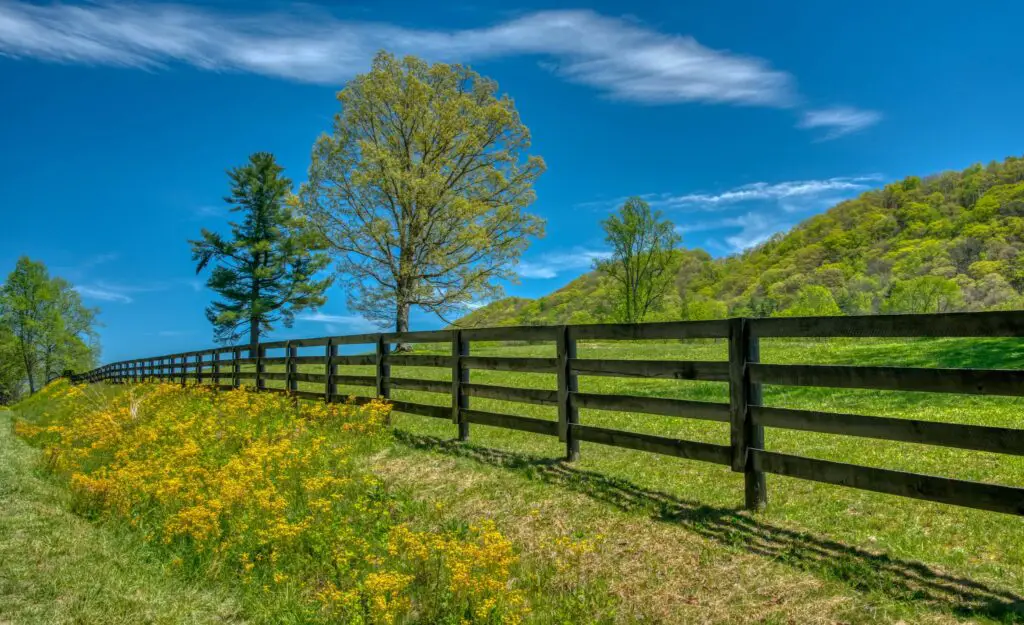
Fencing is a popular outdoor addition, offering privacy, security, and a defined property line. However, many HOAs are cracking down on custom fences, particularly those that don’t match the aesthetic of the neighborhood. Elite Management Services points out that HOAs may impose restrictions on the materials, colors, and height of fences to keep the neighborhood’s look cohesive. Unapproved fences can result in costly fines or even the removal of the structure.
When installing a fence, be sure to check your HOA’s rules regarding approved materials and design specifications. Consider opting for a neutral color or style that fits in with the surrounding homes. In some cases, you may even be able to apply for a variance to install a custom fence that suits your needs while still complying with community standards.
4. Large, Decorative Statues

Lawn ornaments, particularly large, decorative statues, are another area where HOAs are becoming stricter. While small statues may be allowed, oversized ones can be seen as intrusive or overly decorative, disrupting the community’s aesthetic. According to Yellowstone Landscape, statues of any size may require approval, especially if they are placed in front yards where they are highly visible to neighbors. HOAs want to maintain a clean, uniform look that doesn’t distract from the overall design of the neighborhood.
If you’re thinking of adding a statue to your yard, be sure to check whether it adheres to your HOA’s rules. Stick to smaller, less ornate pieces that blend in with the natural landscape, and avoid placing them in overly prominent locations. Subtlety can go a long way when it comes to outdoor decorations.
5. Outdoor Kitchens
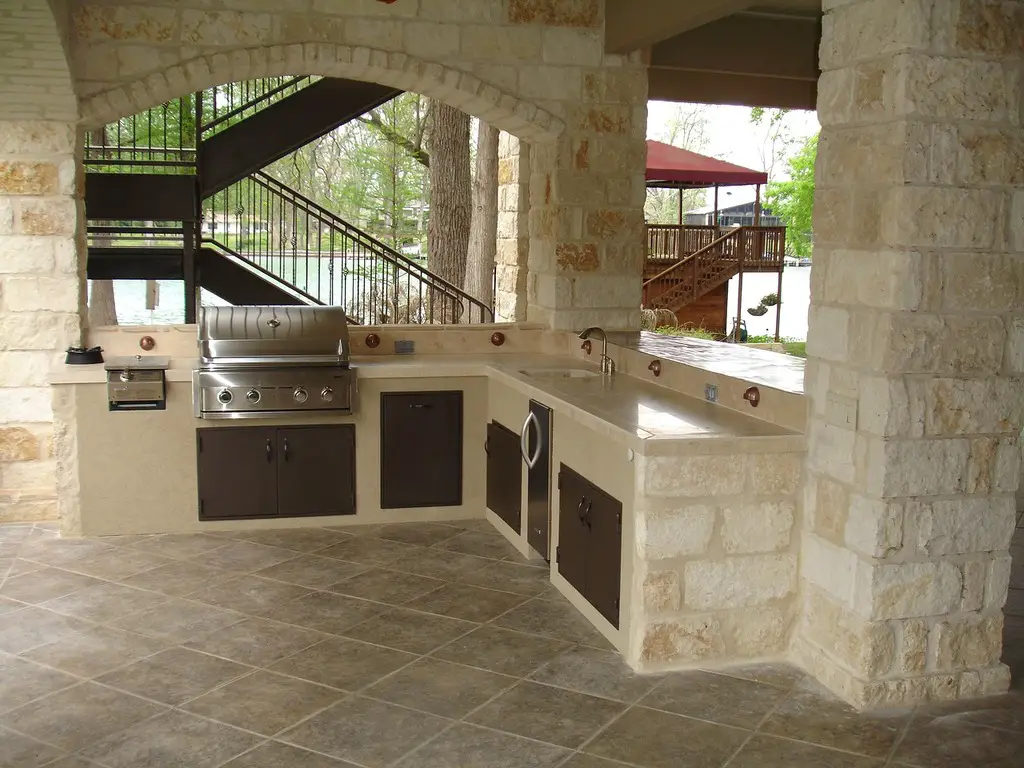
Outdoor kitchens are a popular way to enhance a backyard, but they’re becoming increasingly regulated by HOAs in 2025. Many associations are cracking down on the size, placement, and types of appliances that homeowners can incorporate into their outdoor kitchens. These structures can raise concerns about noise, odors, and the overall appeal of the neighborhood. HOAs may require specific permits or even disallow certain features like large grills, refrigerators, or sinks.
Before constructing an outdoor kitchen, consult your HOA to ensure that your plans align with the community guidelines. Be mindful of noise levels, as well as potential odors from cooking, which could disturb neighbors. Planning ahead and keeping your design minimal can help ensure that your outdoor kitchen is HOA-approved and doesn’t face unnecessary restrictions.
6. Fire Pits
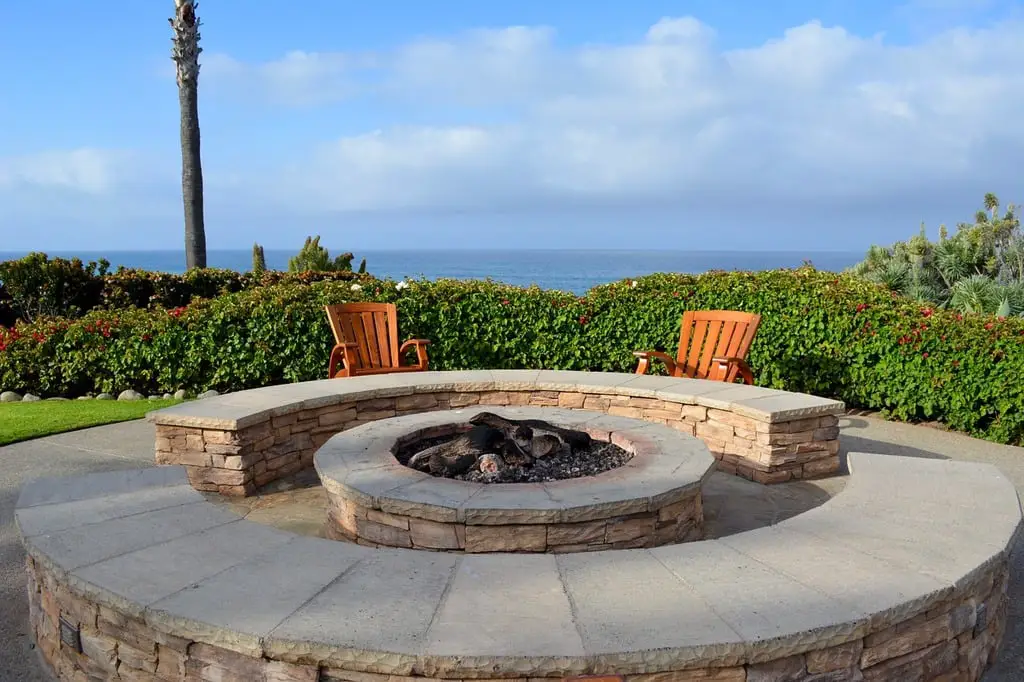
While fire pits have become a popular addition for outdoor living spaces, many HOAs have started placing restrictions on them in 2025. Fire hazards, smoke, and noise from the fire pit can become sources of tension between neighbors, especially if the fire pit is located near property lines. Some HOAs require fire pits to be enclosed in specific ways or mandate the use of certain types of materials. In some areas, fire pits may be prohibited entirely due to fire safety concerns.
If you’re considering installing a fire pit, it’s important to get approval from your HOA to ensure that your pit complies with local fire codes and community rules. Choose a design that minimizes safety risks, such as a fully enclosed fire pit, and make sure it is placed at a safe distance from trees, structures, and fences.
7. Solar Panels

Solar panels have long been considered a great way to reduce energy costs, but in 2025, more HOAs are regulating their installation. While many HOAs previously discouraged the use of solar panels due to aesthetics, they are now becoming more receptive to the idea in light of environmental concerns. The Wall Street Journal notes that some HOAs are now requiring specific placements, designs, and colors for solar panels to ensure they do not stand out on the roof. If you’re interested in installing solar panels, it’s critical to check your HOA’s regulations on size, placement, and visibility.
In some communities, solar panels are encouraged, but homeowners may still be limited in where they can place them. The key to installing solar panels without running into trouble is early communication with your HOA and compliance with any regulations that help blend them into the overall aesthetic.
8. Vegetable Gardens in Front Yards
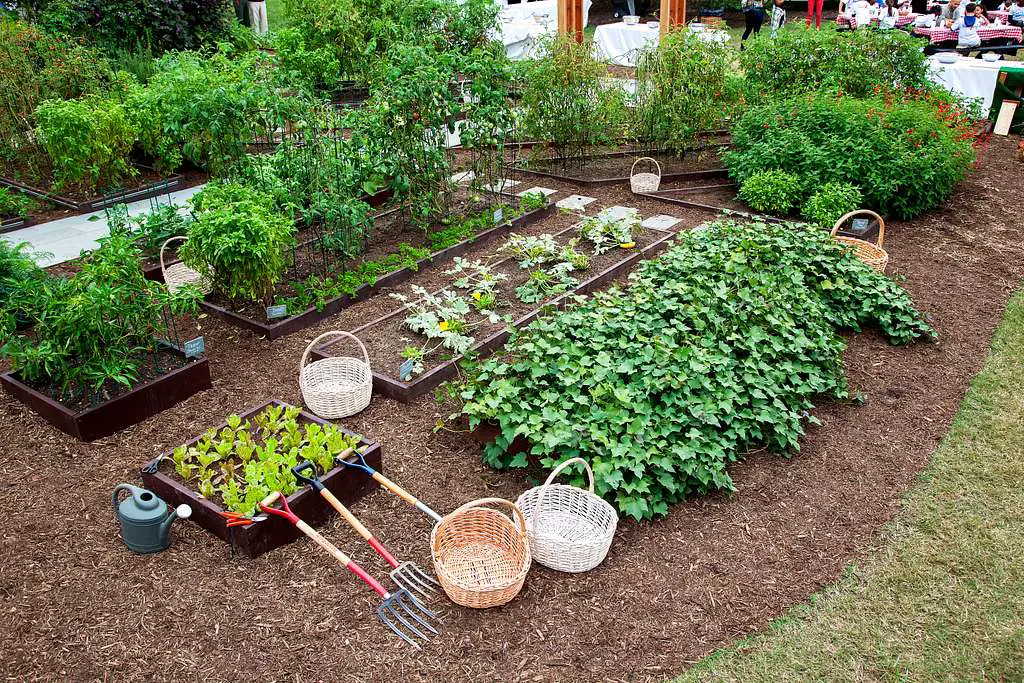
While vegetable gardens have grown in popularity due to their sustainability and practicality, many HOAs have regulations that restrict them in front yards. Better Homes & Gardens highlights that HOA boards are concerned about the visual appeal of front-yard gardens, especially if they are not well-maintained. Overgrown plants or poorly designed gardens can detract from the neighborhood’s curb appeal, which is why some HOAs have banned them altogether.
If you want to grow vegetables, consider doing so in your backyard or within a designated garden area that is hidden from the street. In some cases, your HOA may allow raised garden beds or container gardening, provided they meet certain guidelines. Always check with your HOA before starting a garden to ensure compliance with community standards.
9. Large Hot Tubs
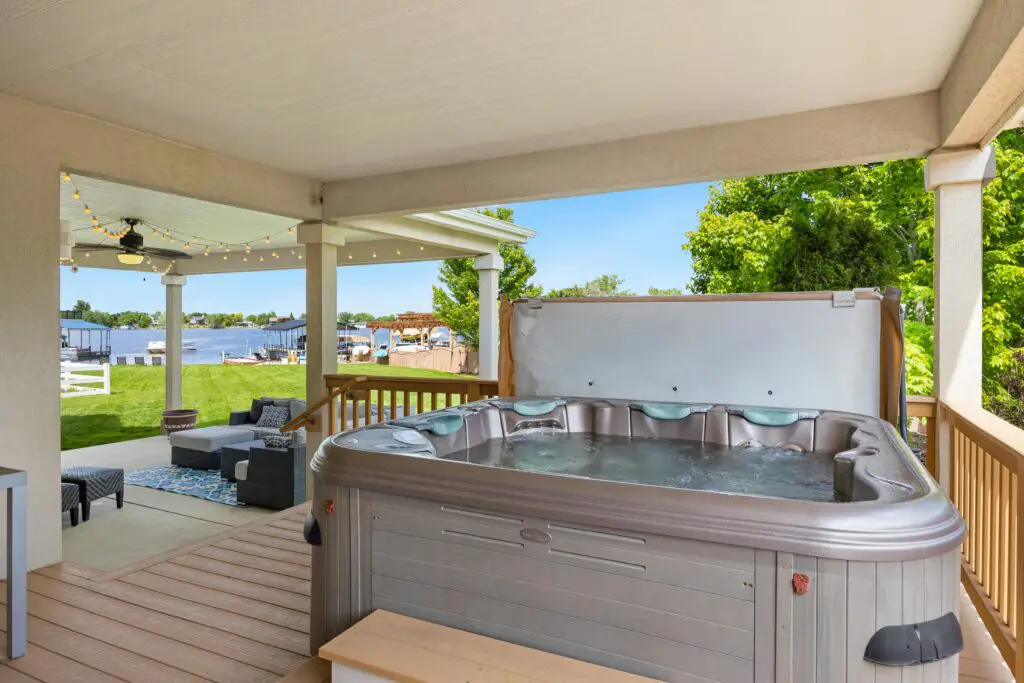
Hot tubs are a luxurious addition to any backyard, but they’re becoming subject to stricter rules in many communities. While small, portable hot tubs may be acceptable, larger models can raise concerns about noise, privacy, and safety. HOAs are especially cautious about large hot tubs that may be visible to neighbors or that could create traffic or noise issues. Some communities require hot tubs to be enclosed by privacy screens or require homeowners to install specific features to limit noise and enhance safety.
Before purchasing a hot tub, it’s crucial to check with your HOA about the requirements for installation. Make sure your hot tub fits within the size limitations and privacy regulations, and consider installing a privacy fence or screen to avoid conflict with your neighbors.
10. Large Play Structures
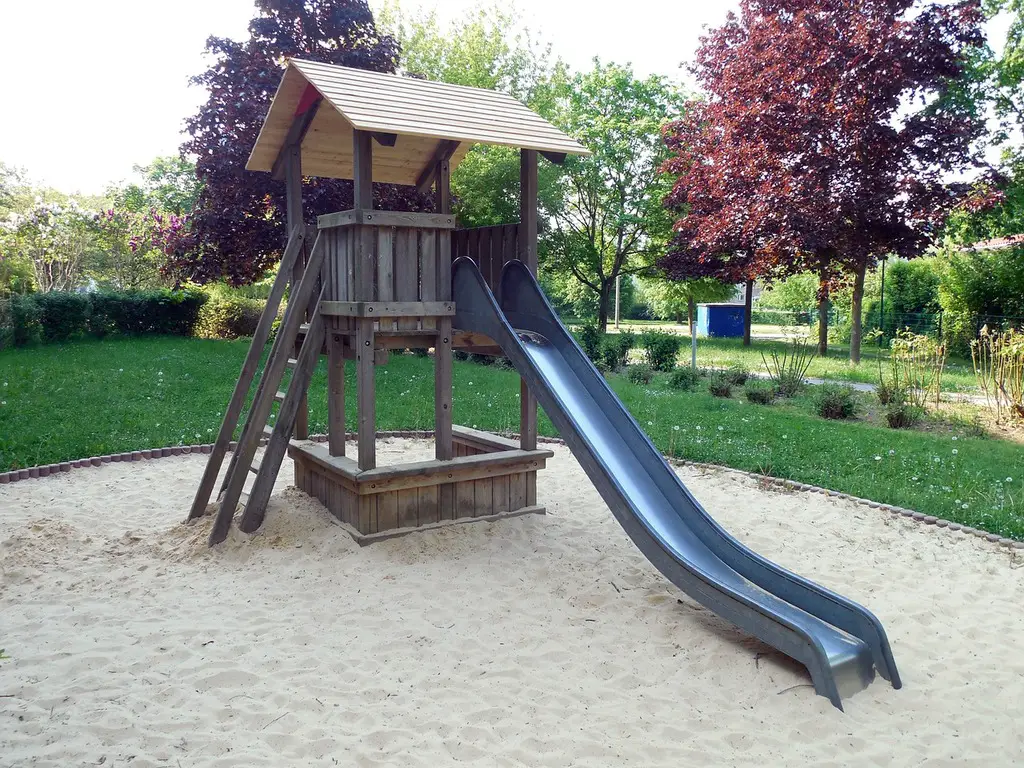
For families with young children, outdoor play structures like jungle gyms or swingsets can be a great way to promote outdoor play. However, in 2025, many HOAs are enforcing rules on the size, location, and appearance of these structures. Oversized play structures can create safety hazards, become eyesores, and disrupt the neighborhood’s uniformity. HOA guidelines may specify the maximum allowable height, color, and type of play equipment in your yard.
To avoid trouble with your HOA, consider purchasing smaller, more compact play structures that are easy to hide behind fences or trees. You can also opt for neutral-colored equipment that blends in with the natural landscape. Always get approval before adding any large outdoor play equipment.
11. Large or Unapproved Tree Installations
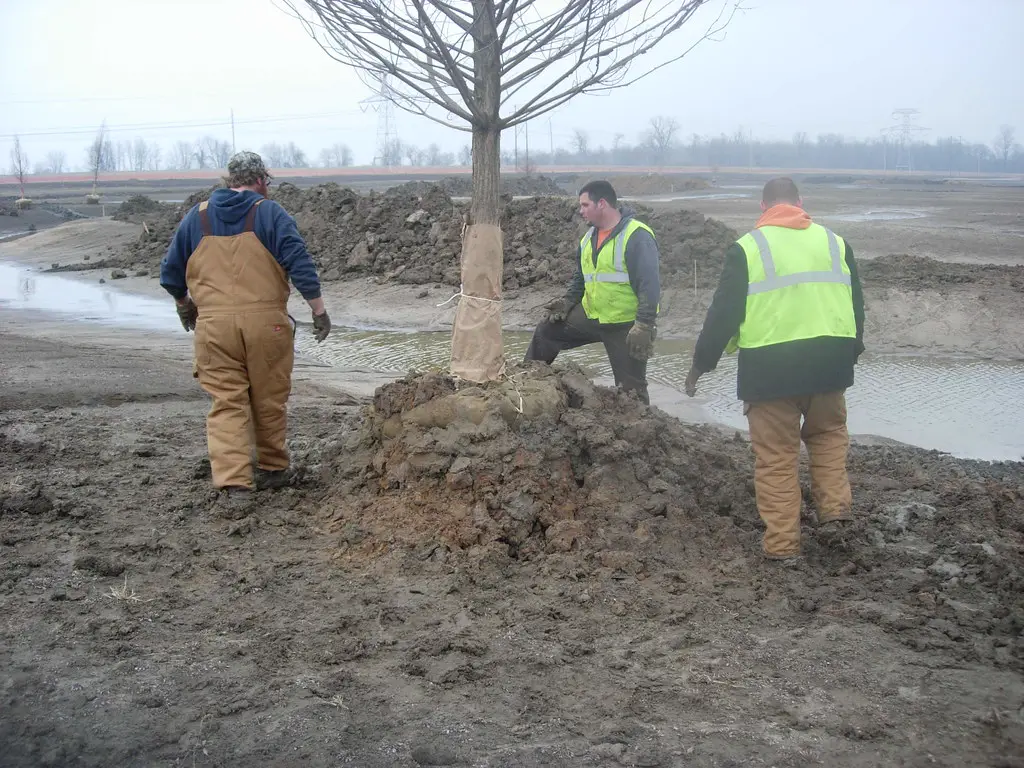
Tree installations, particularly large or exotic trees, are another feature that HOAs are cracking down on in 2025. HOAs are concerned about the impact that certain tree species can have on the neighborhood’s appearance and safety. Some trees may grow too large, create excessive shade, or even damage nearby structures and power lines. In response, many HOA boards are placing restrictions on the type of trees homeowners can plant, as well as the location and size of those trees.
To avoid issues with your HOA, opt for smaller, native trees that are less likely to create problems down the road. Always get approval before planting any new trees, especially if they will be large or near common areas.
12. Outdoor Lighting
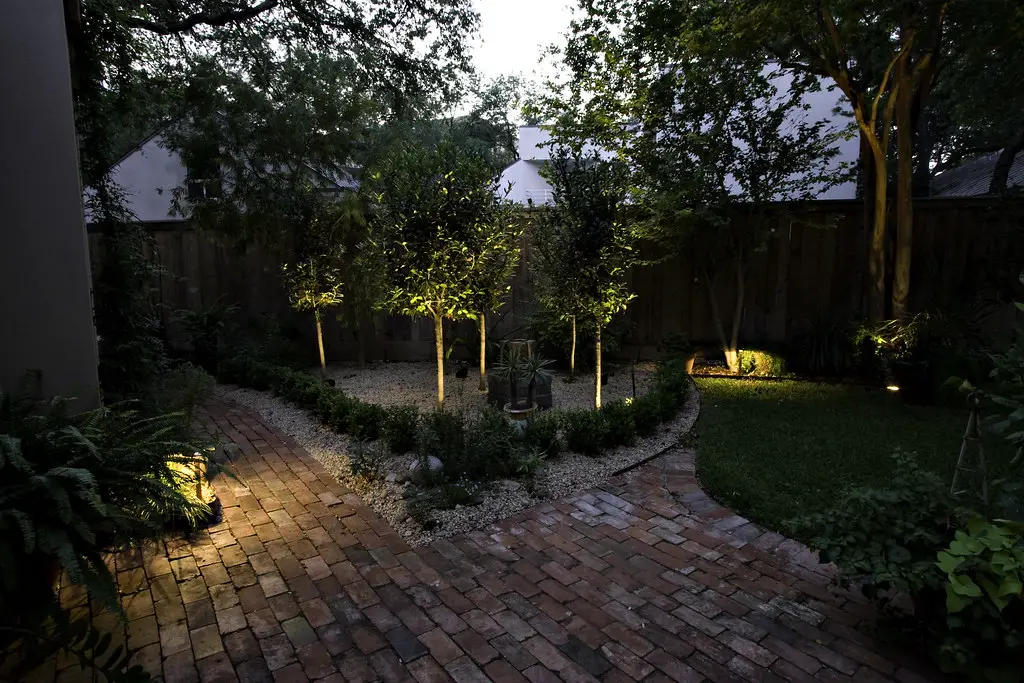
While outdoor lighting can enhance the beauty of a home, excessive or improperly placed lights can disrupt the peaceful environment of a neighborhood. Many HOAs are cracking down on excessive outdoor lighting, especially floodlights or bright, overbearing displays. The Spruce notes that light pollution can affect neighbors’ sleep and impact the overall atmosphere of the community. It’s important to follow your HOA’s guidelines for the intensity and placement of outdoor lights to avoid complaints.
Instead of bright floodlights, consider using low-voltage or motion-sensor lighting that highlights your landscape without disturbing your neighbors. Keep lighting in check and make sure it enhances your home rather than creating unnecessary distractions.
